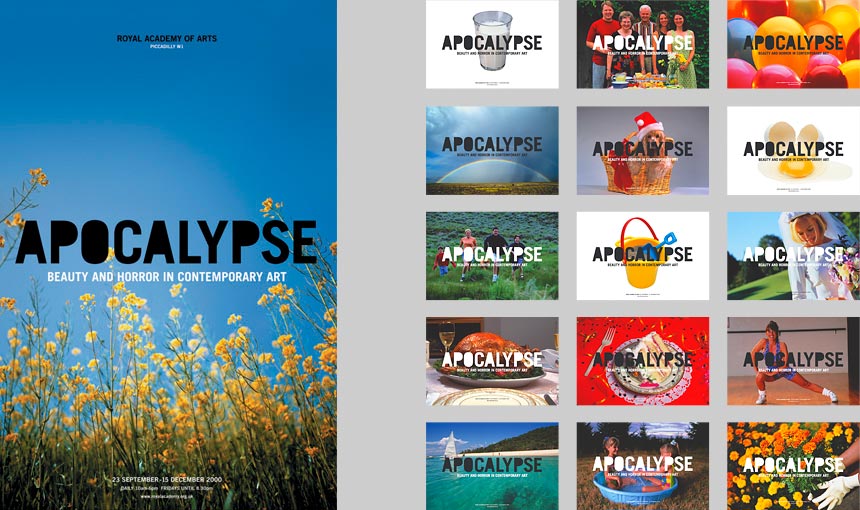“Apocalypse”, the main exhibition this fall at
The new show, jointly selected by independent curator Max Wigram and the Royal Academy’s own exhibitions organiser, Norman Rosenthal, has as its centrepiece an elaborate figurative sculpture by young British artists Jake and Dinos Chapman depicting multitudinous scenes of rape, torture, mutilation and genocide. Arranged on a group of tables laid out in the shape of a swastika, and succinctly titled Hell, this grisly work may be taken to encapsulate its creators’ less than cheery view of the twentieth century. But it is also an epitome of its own time, embodying the deep attachment of artists right now to an aesthetics of violence, shock and outrage.
In the once serene world of the contemporary art exhibit there are, these days, bodies everywhere. American artist Robert Gober makes works resembling amputated human limbs that protrude from floor or wall. British sculptor Damien Hirst, whose raw (extremely raw) materials include neatly sliced pieces of dead animal, continues merrily chainsawing his way through enough carcases to fill an abbatoir. Meanwhile Italian artist Maurizio Cattelan devotes his energies to the creation of such monumental and theatrically morbid sculptures as La Nonna Ora (“The Ninth Hour”), a lifesize representation of Pope John Paul II as he might look if suddenly struck by a large meteorite.
Cattelan’s sculpture, with its crash-bang-wallop biblical symbolism, was an irresistible choice for inclusion in “Apocalypse”, and even though room couldn’t be found in the show for such luminaries of artful nastiness as Gober or Hirst there is certainly no shortage of the disturbing and the disconcerting. Other exhibits include Gregor Schneider’s Cellar, a...


